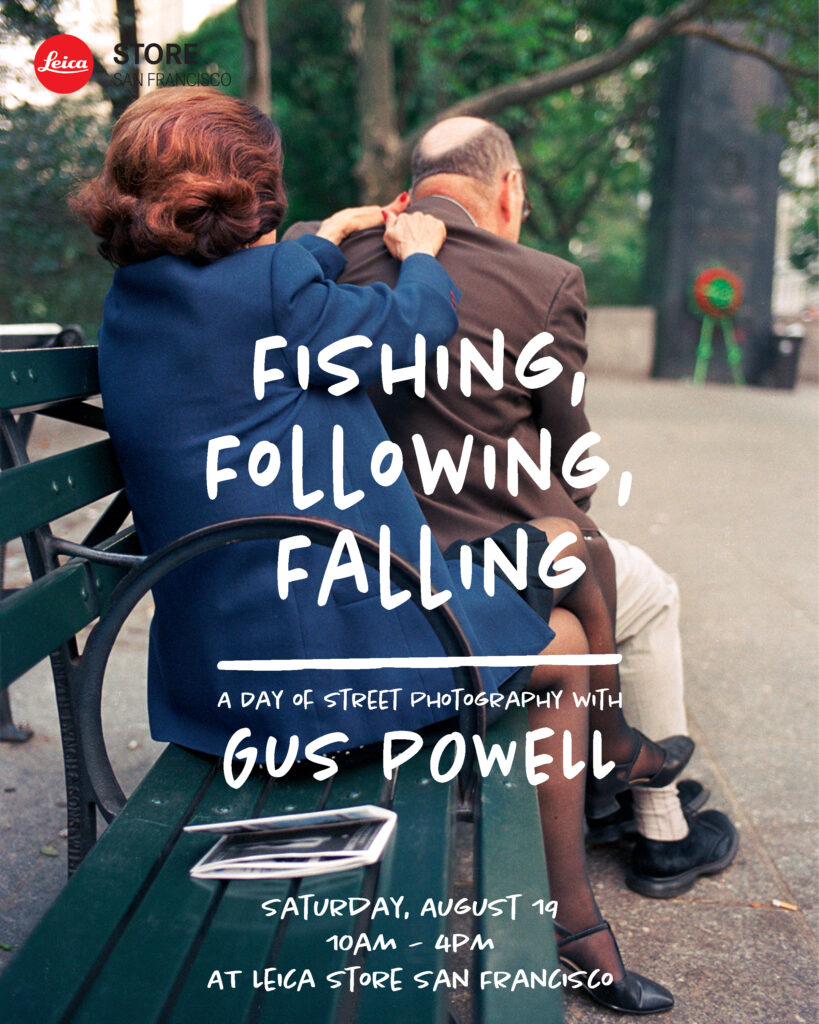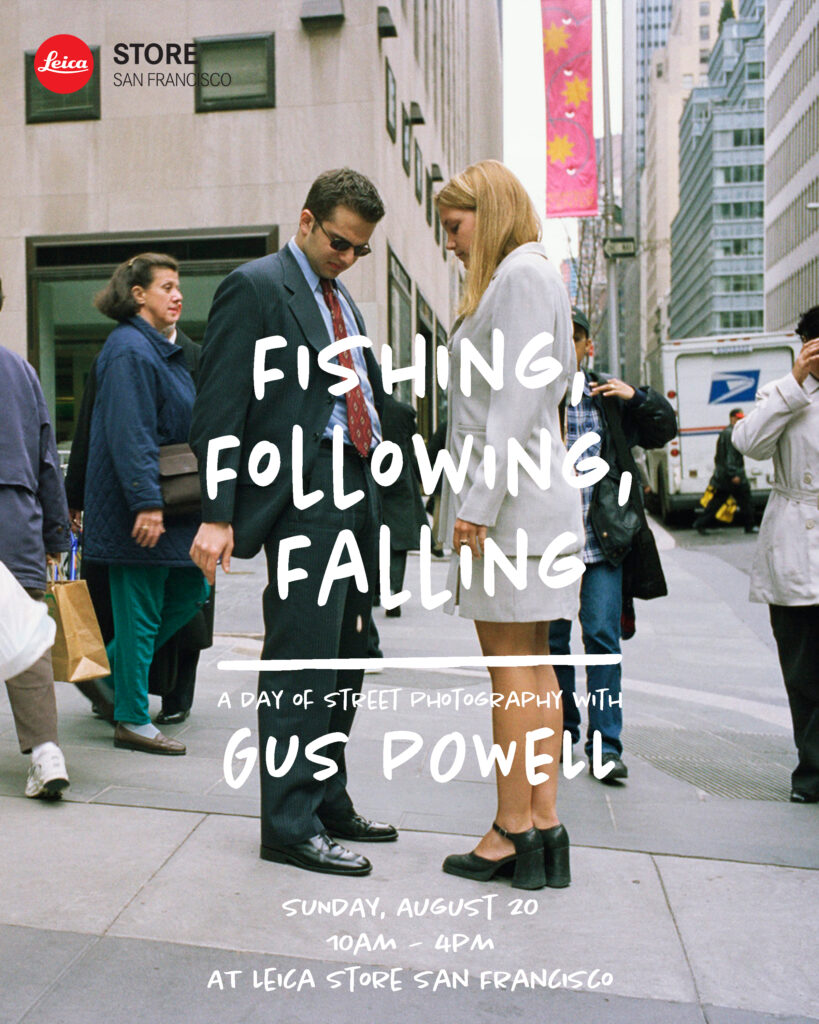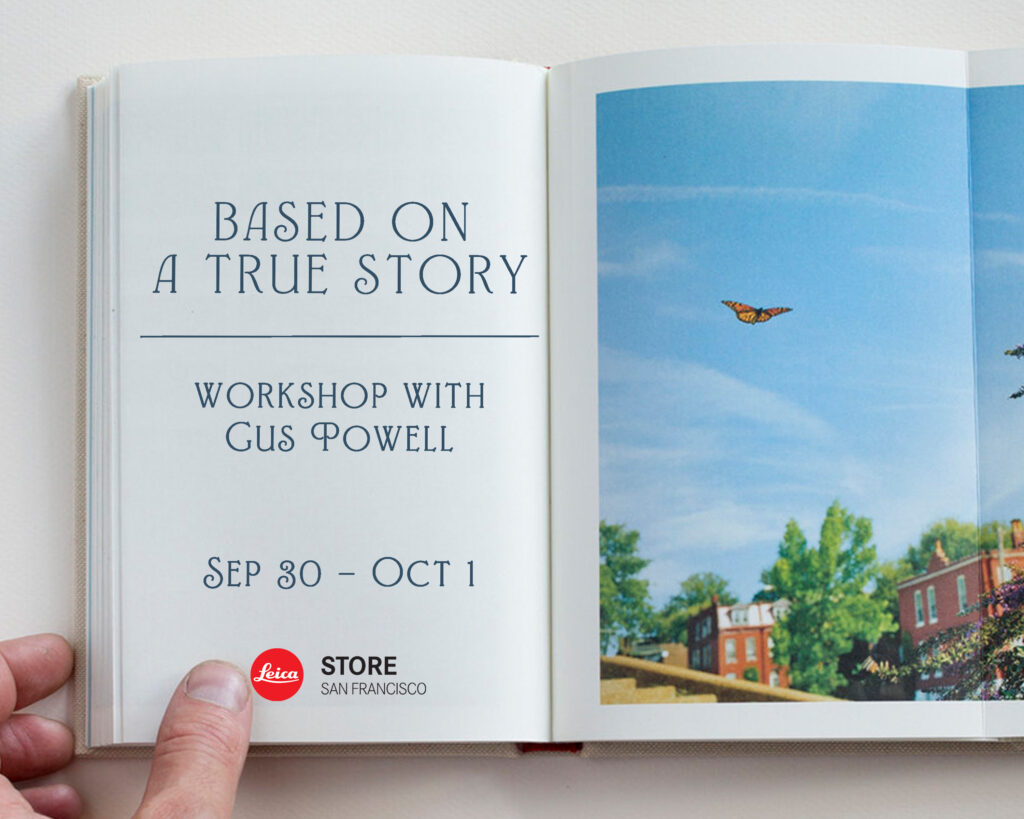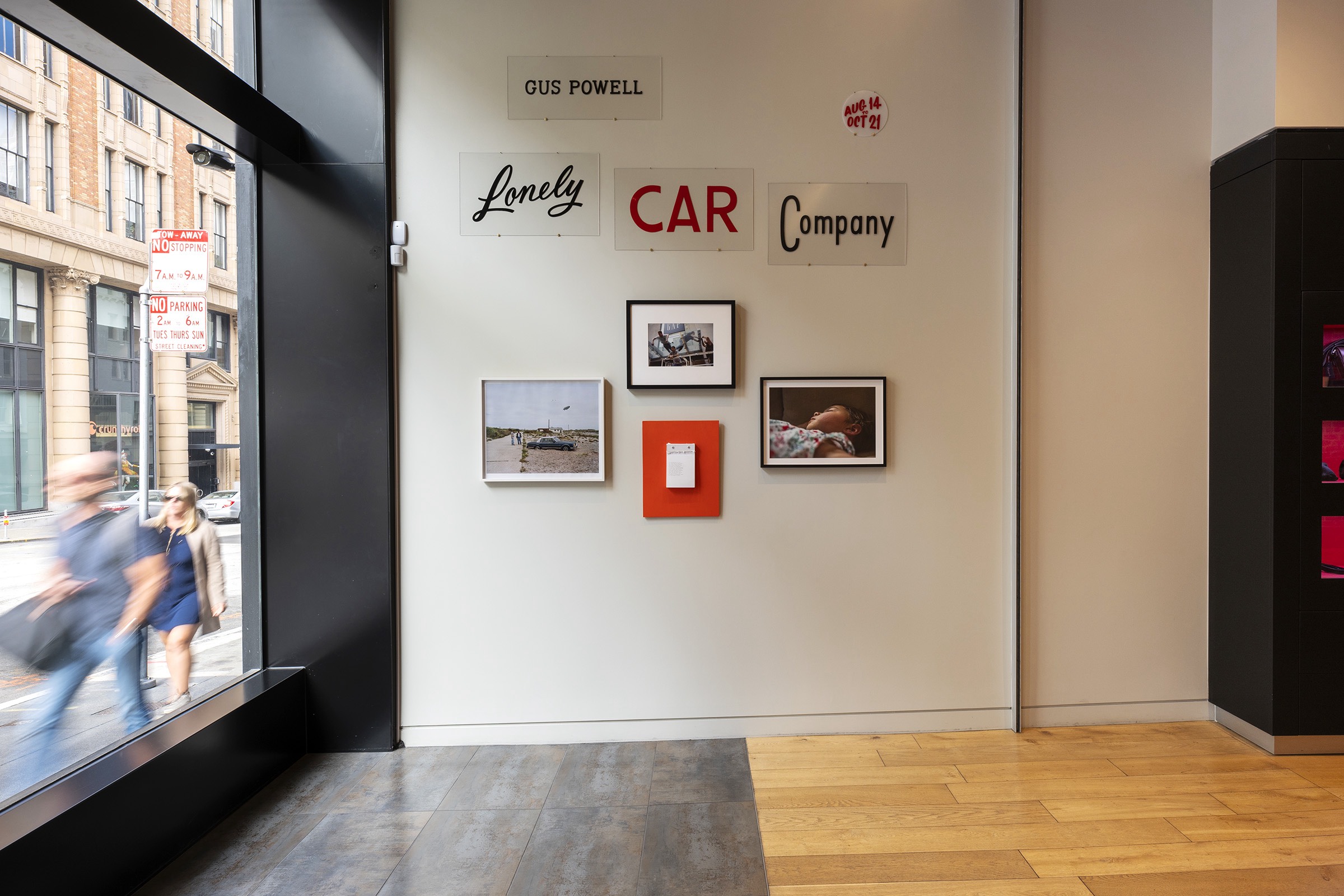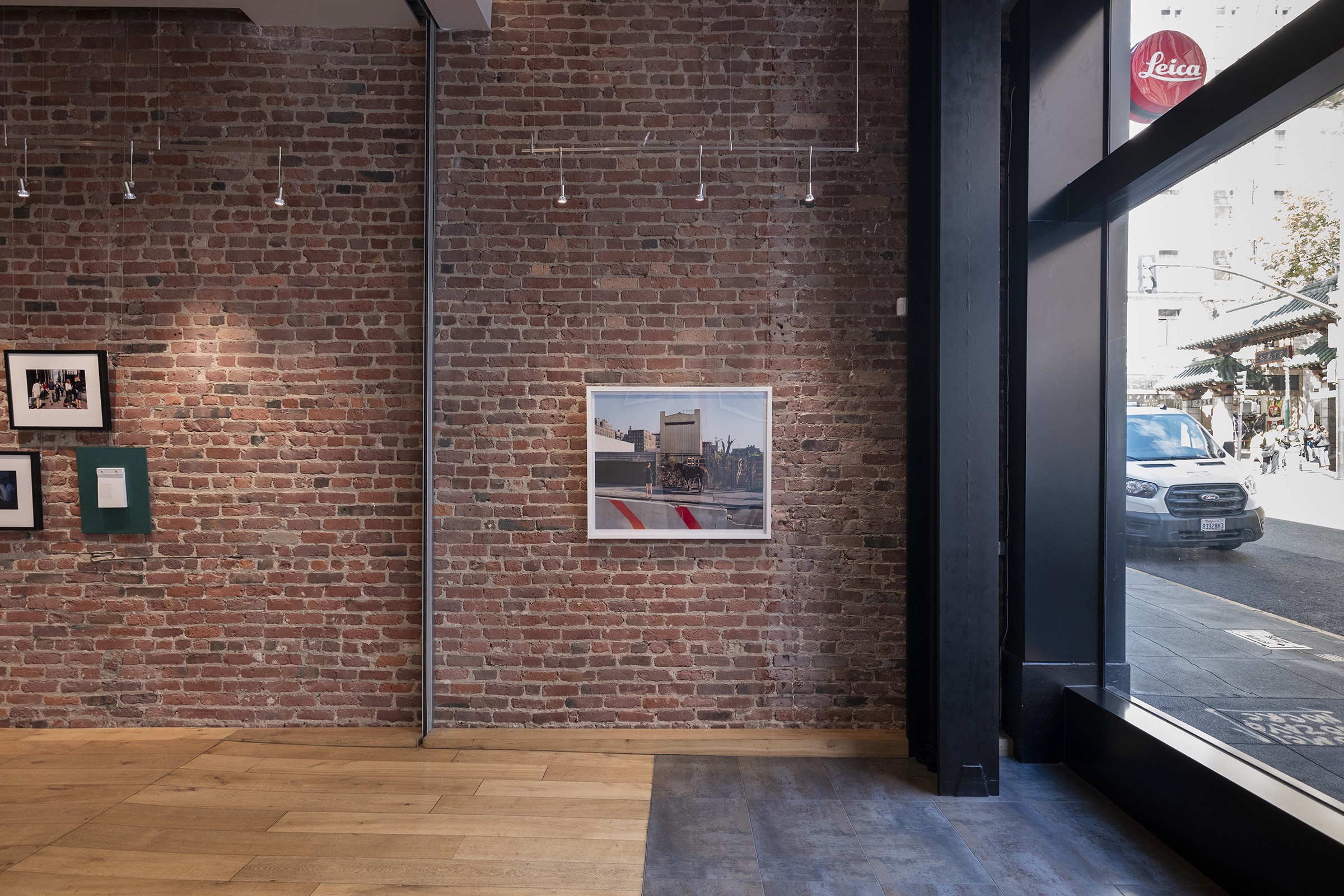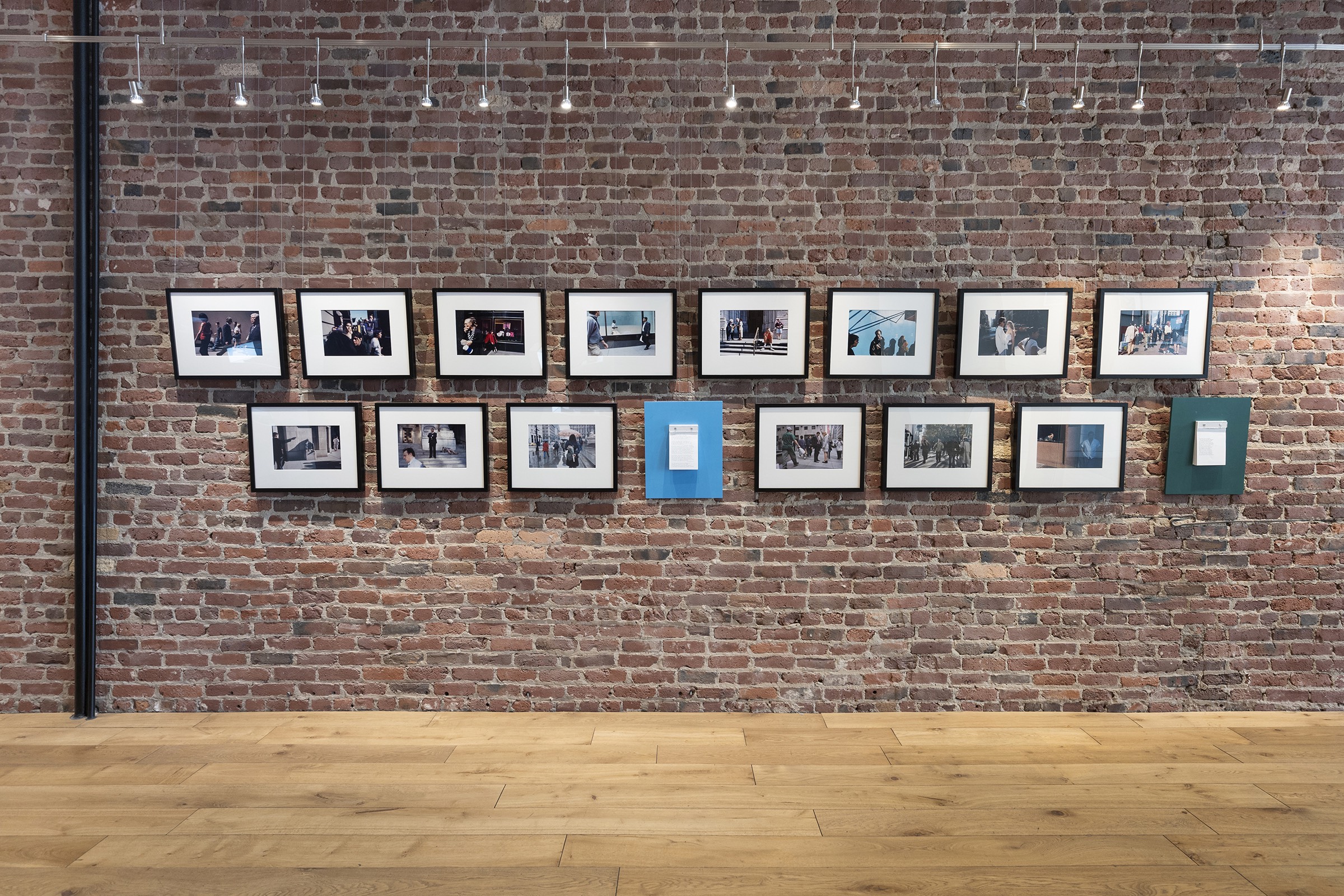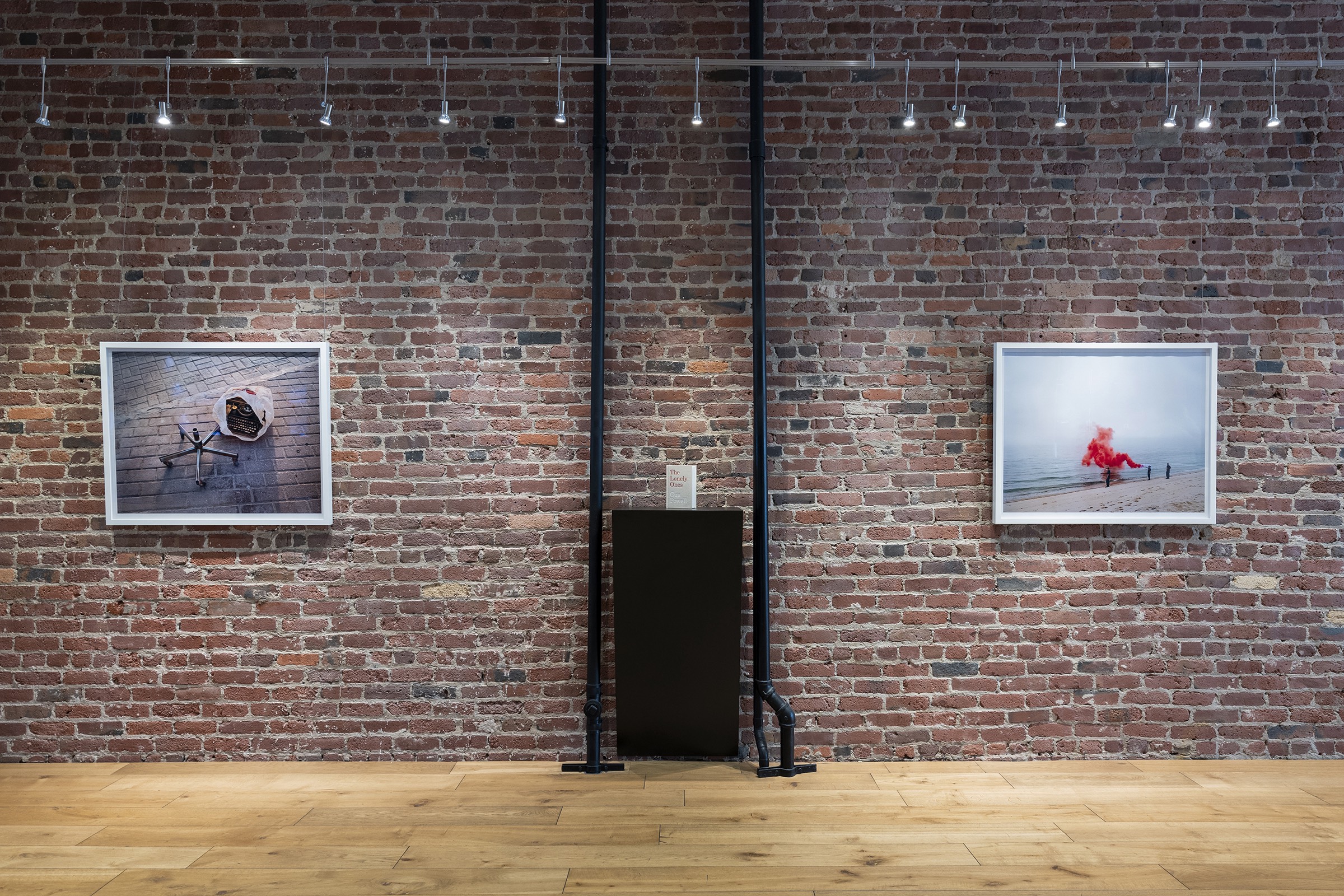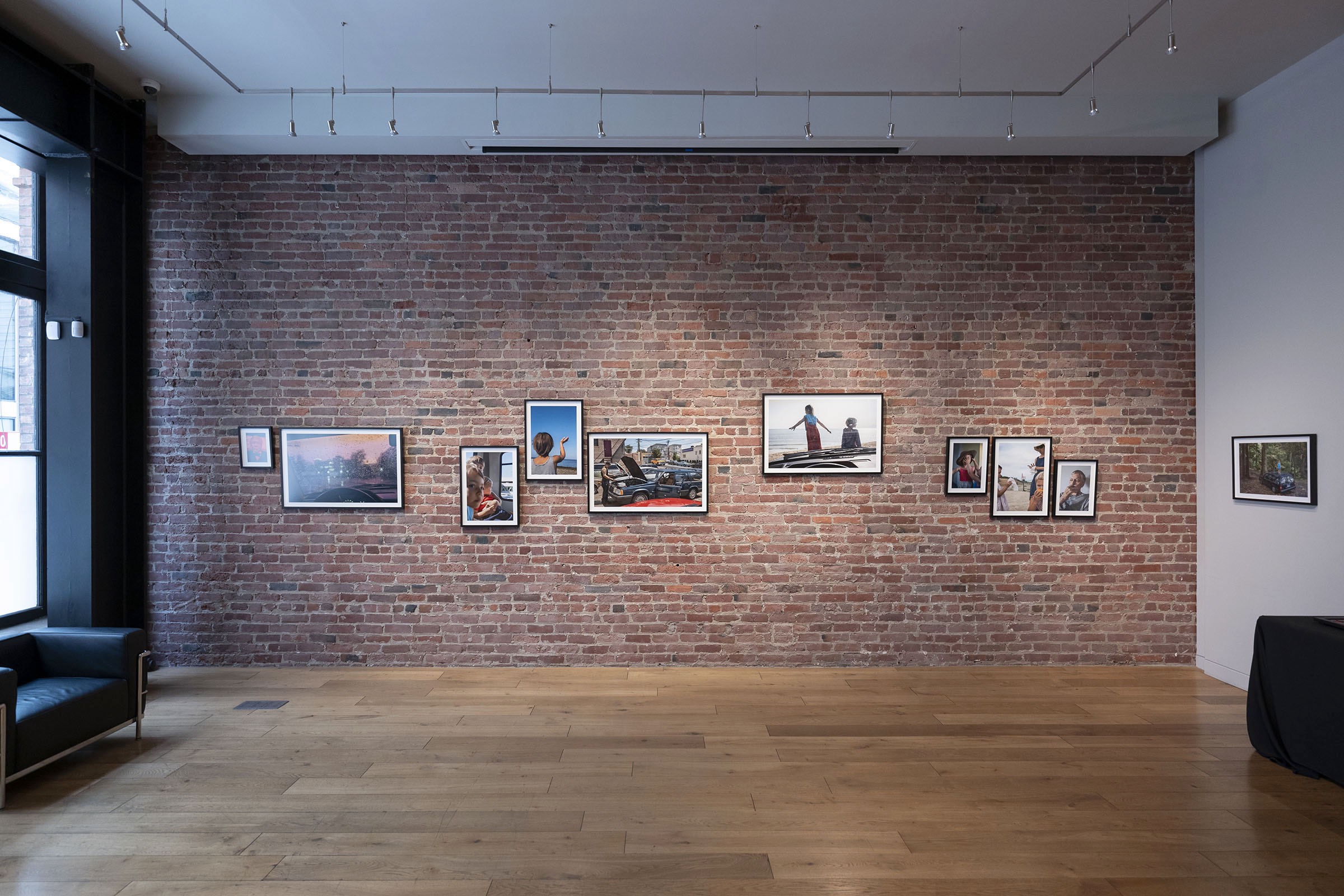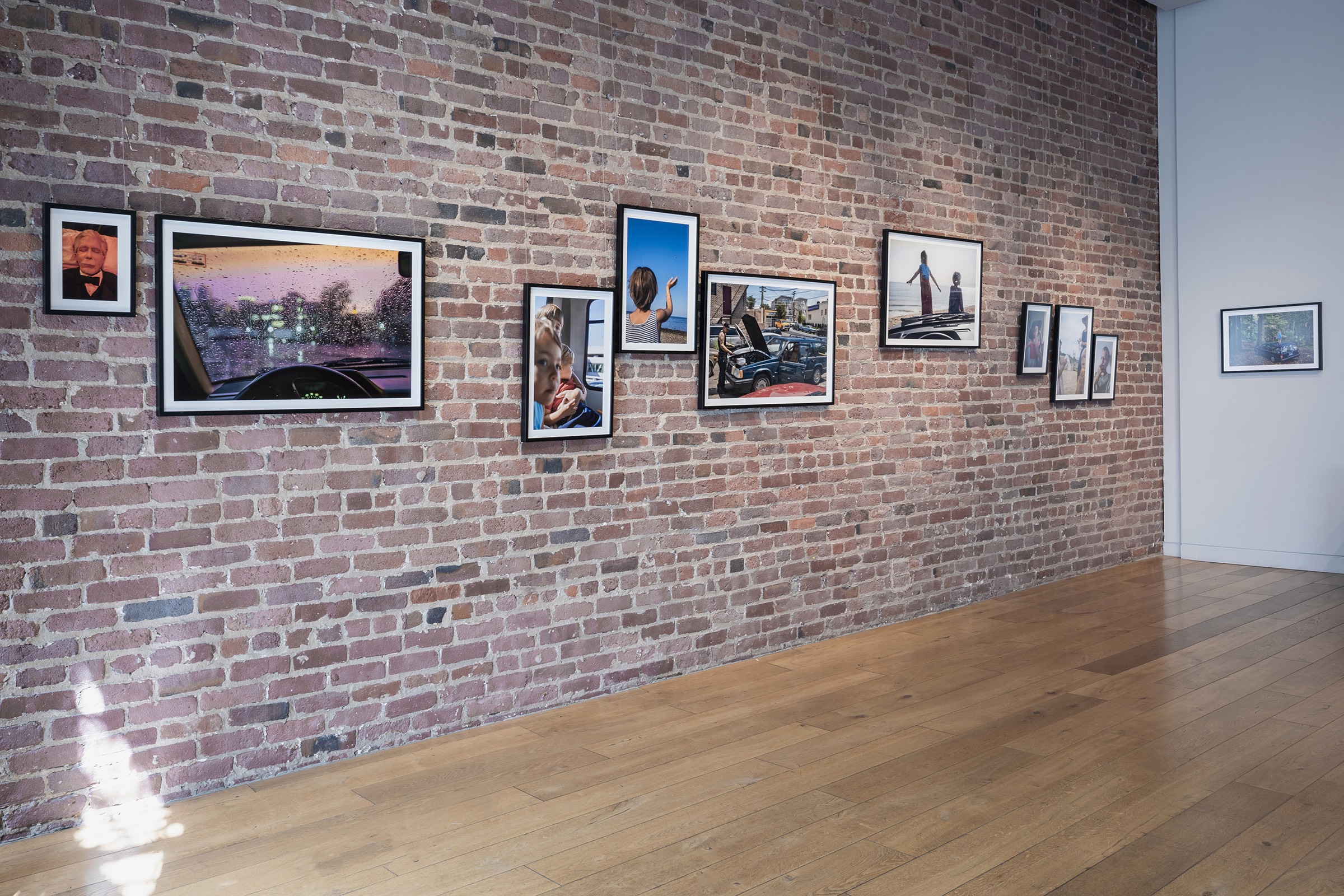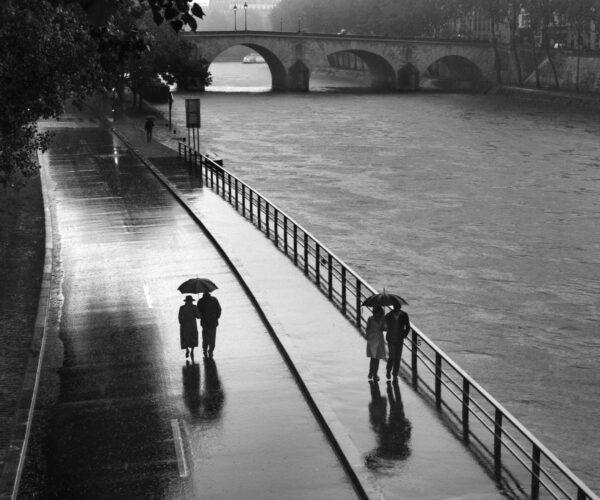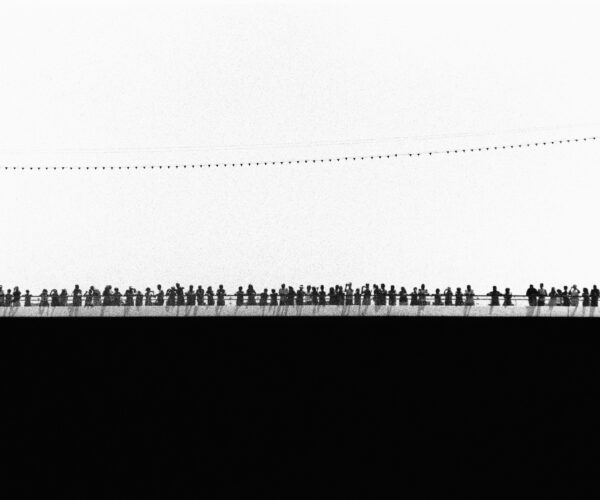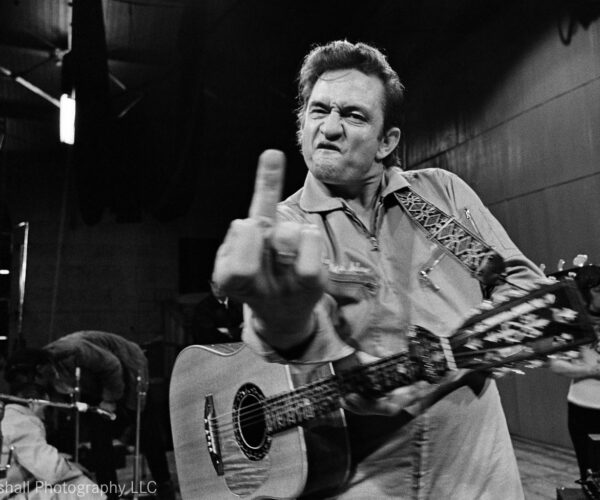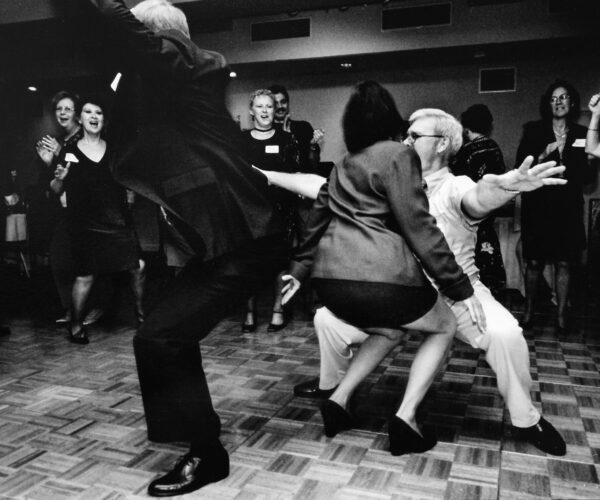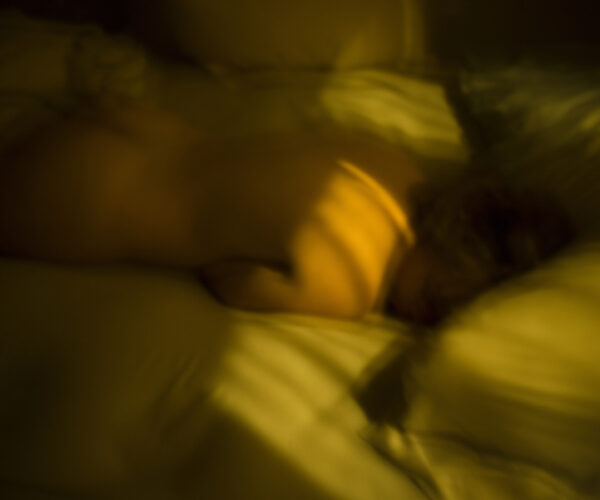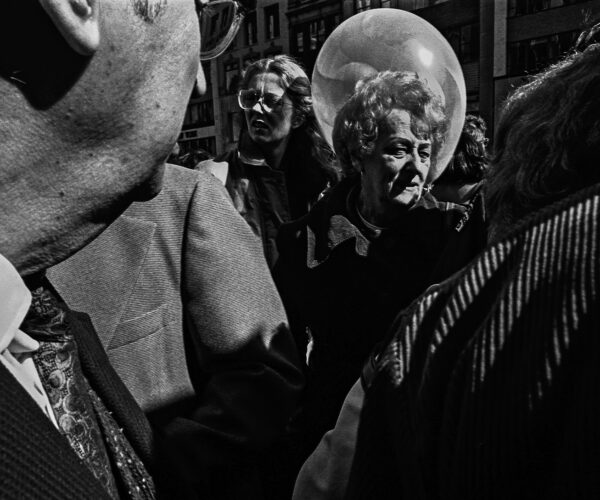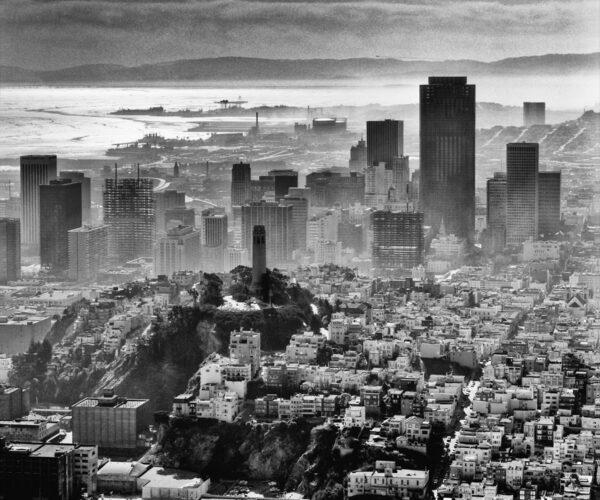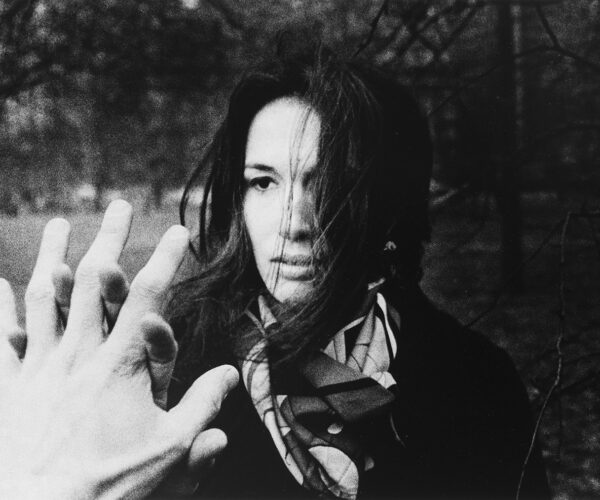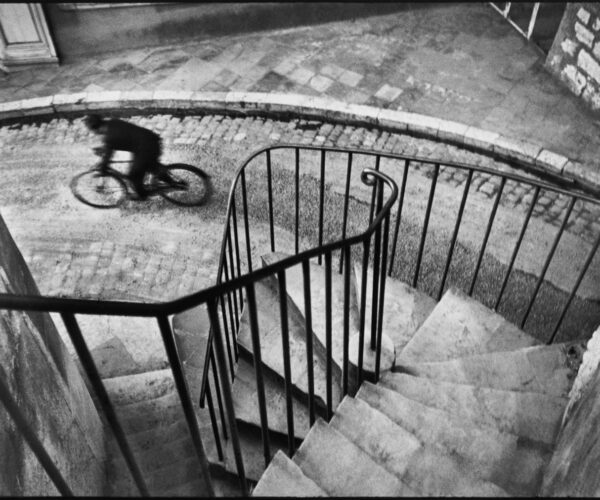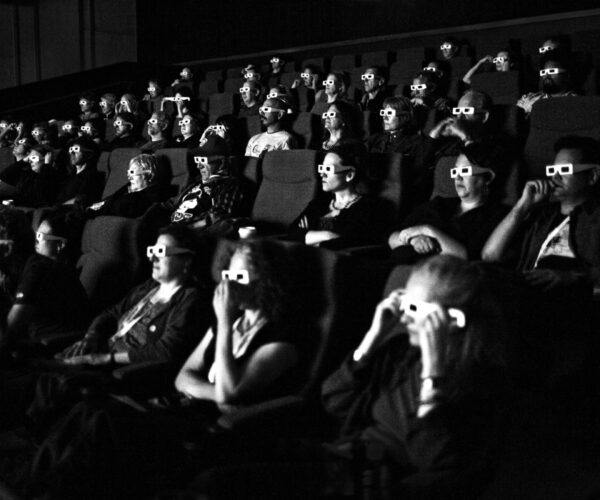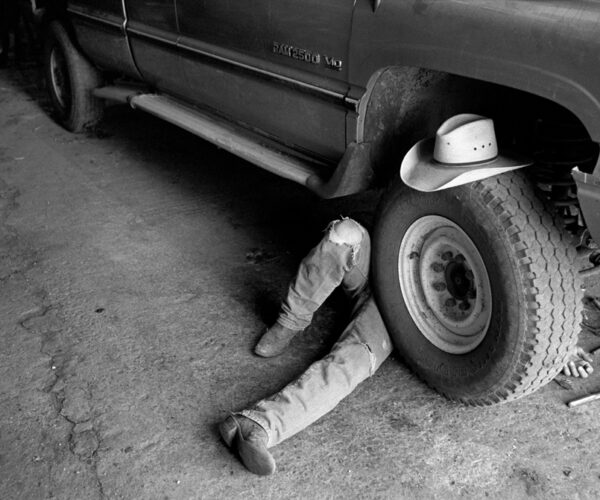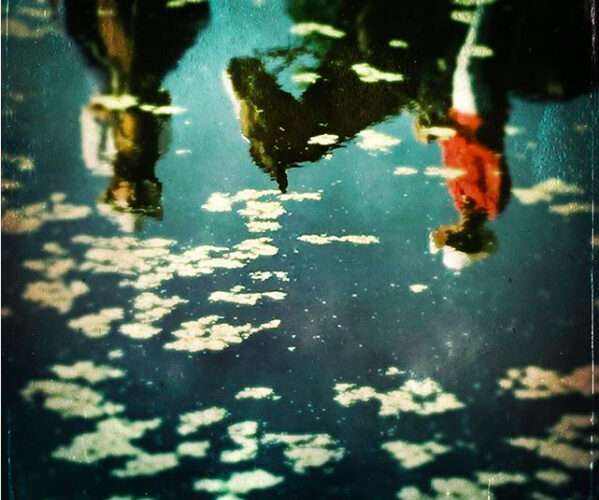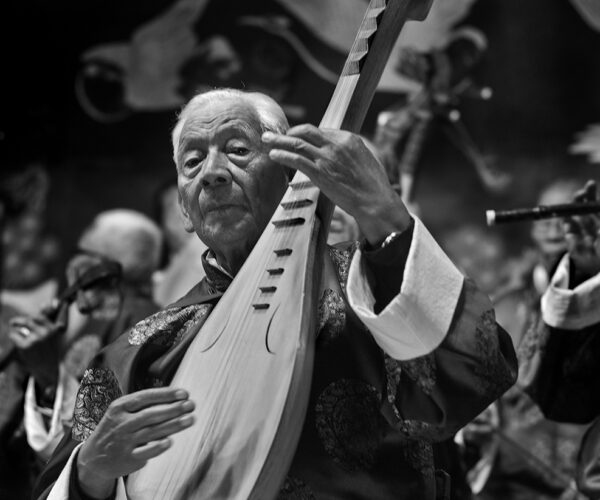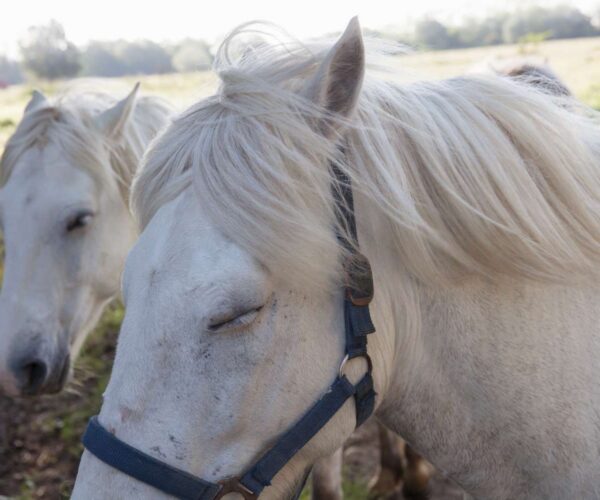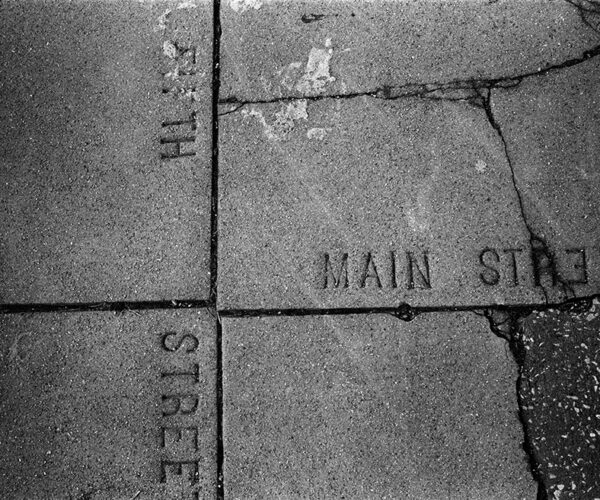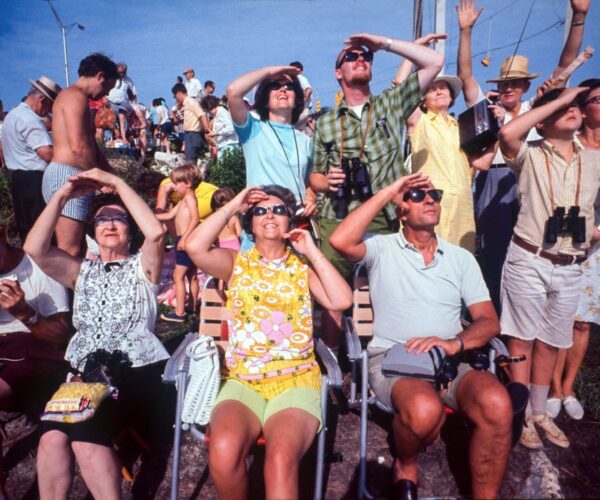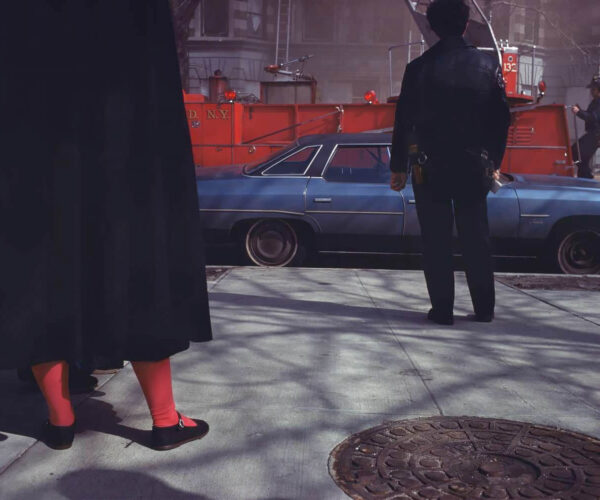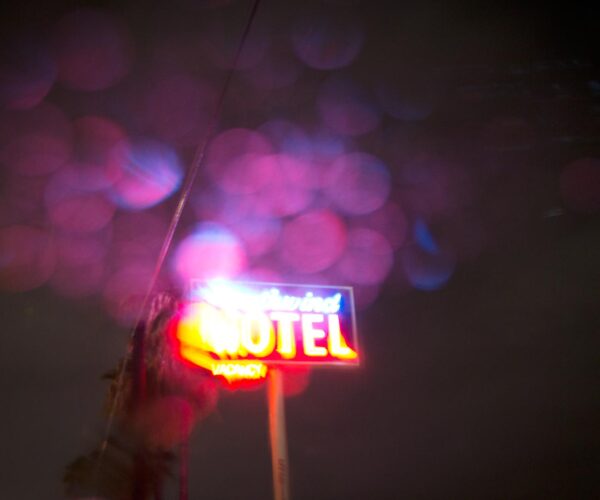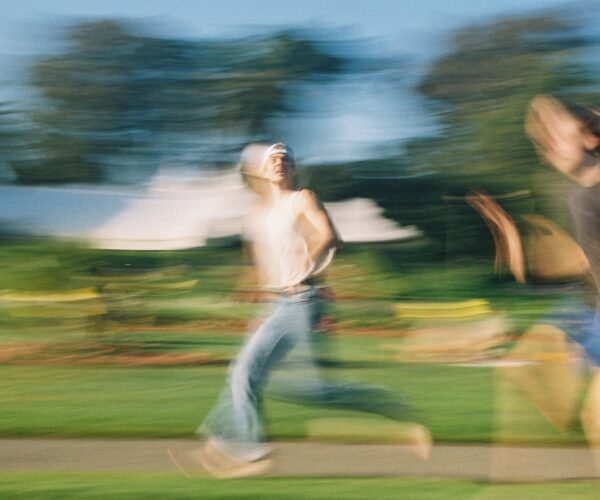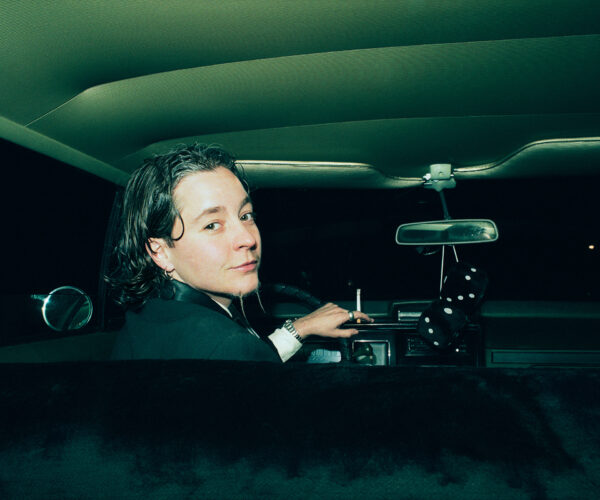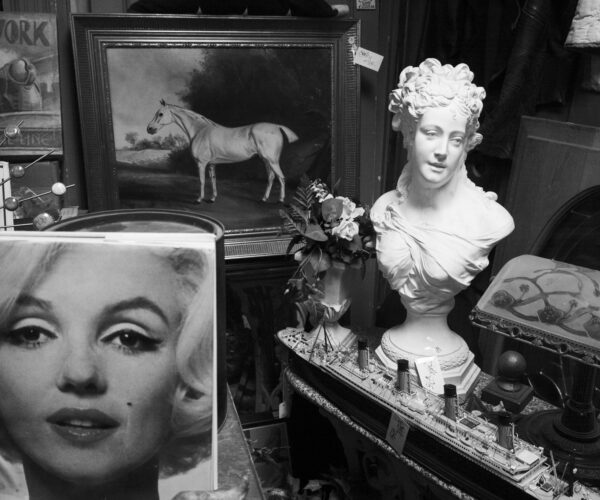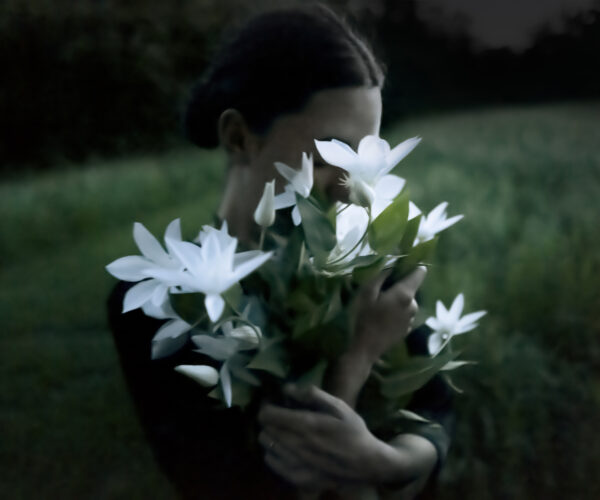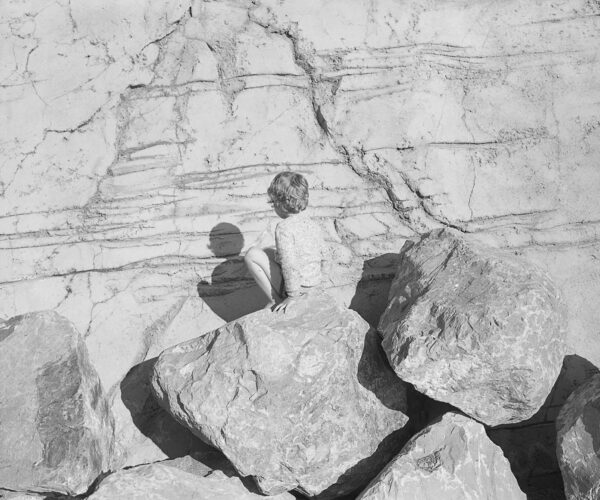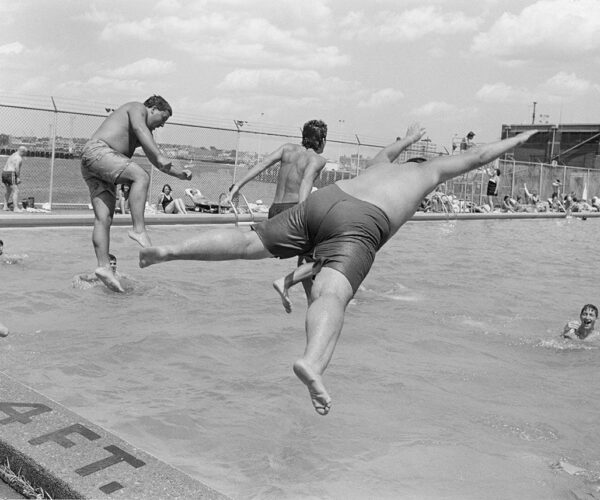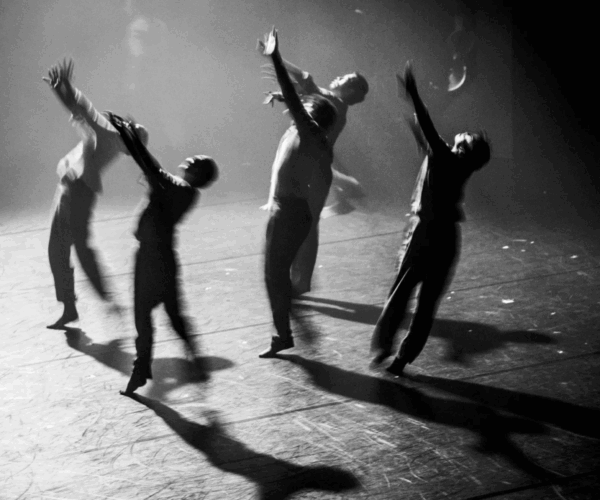Lonely Car Company
To Browse Available Prints Please See Our Artsy Page

About the Artist
Gus Powell (b. 1974, New York City, NY; lives and works New York City, NY) attended Oberlin College where he majored in comparative religion. In 2003 he was selected to be in PDNs 30 under 30 issue and also published his first monograph, The Company of Strangers (J&L Books). His work has been exhibited internationally, including a solo show at The Museum of The City of New York and group exhibitions at The Art Institute of Chicago, Museum of Fine Arts Houston and FOAM, NL.
His photographs have been published in Aperture, Harpers, Vogue, M le mag – Le Monde, Wired, Fortune, W, and The New Yorker. He is a member of the international street photographers’ collective UP and is on the faculty of the MFA Photography, Video and Related Media Department at the School of Visual Arts, NY.
His work is included in the books Bystander: A World History of Street Photography and Street Photography Now. Powell’s second monograph, titled The Lonely Ones (J&L Books, 2015) was celebrated as one of the best photography books of the year, and was reprinted as a trilingual edition in 2017. His third monograph, Family Car Trouble (TBW Books, 2019) has become a new classic of the Automotive Parenting Bereavement genre. Powell is currently at work on a body of street work titled Mise en Scène.
With Family Car Trouble, Powell plays with the form of the novel, both as material object and as narrative vehicle for expressing interior life. The work records and reckons with the arrival of children, the departure of a father, and the maintenance of a difficult 1993 Volvo 940 Turbo station wagon. A new classic of the Automotive Bereavement Parenting genre.






Inspired by the late, great cartoonist William Steig and his classic book, The Lonely Ones (which pairs Steig’s line-drawn characters with simple one-liners of dialogue-to-self), Powell made his own “lonely ones”—quiet but evocative color photographs of interiors and landscapes, inhabited by people, animals and inanimate characters. Every photograph is paired with a suggestive text, functioning here as the opposite of a caption—each of the 40 color photographs in the publication of The Lonely Ones is hidden by a gate fold, on which is printed the single phrase. Every photograph is revealed individually behind its gate fold. “Which way to the symposium?,” paired with a photograph of a butterfly in midair. “Let’s not ruin it by talking.” “Mistakes were made.” “This might hurt.” “Another small victory.” “I am the host of this misadventure.”




Inspired by Frank O’Hara’s 1964 book Lunch Poems, Powell, who worked for four years as picture editor at the New Yorker, would spend his own lunch hours wandering midtown Manhattan making poetry. The resulting book of street photography, featuring photographs from his series Lunch Pictures, feels both romantic/nostalgic, and strikingly contemporary. Powell’s attention to the choreography of pedestrians is remarkable, as is his rendering of midtown light, refracted by office buildings and glass.
















Related Programs
